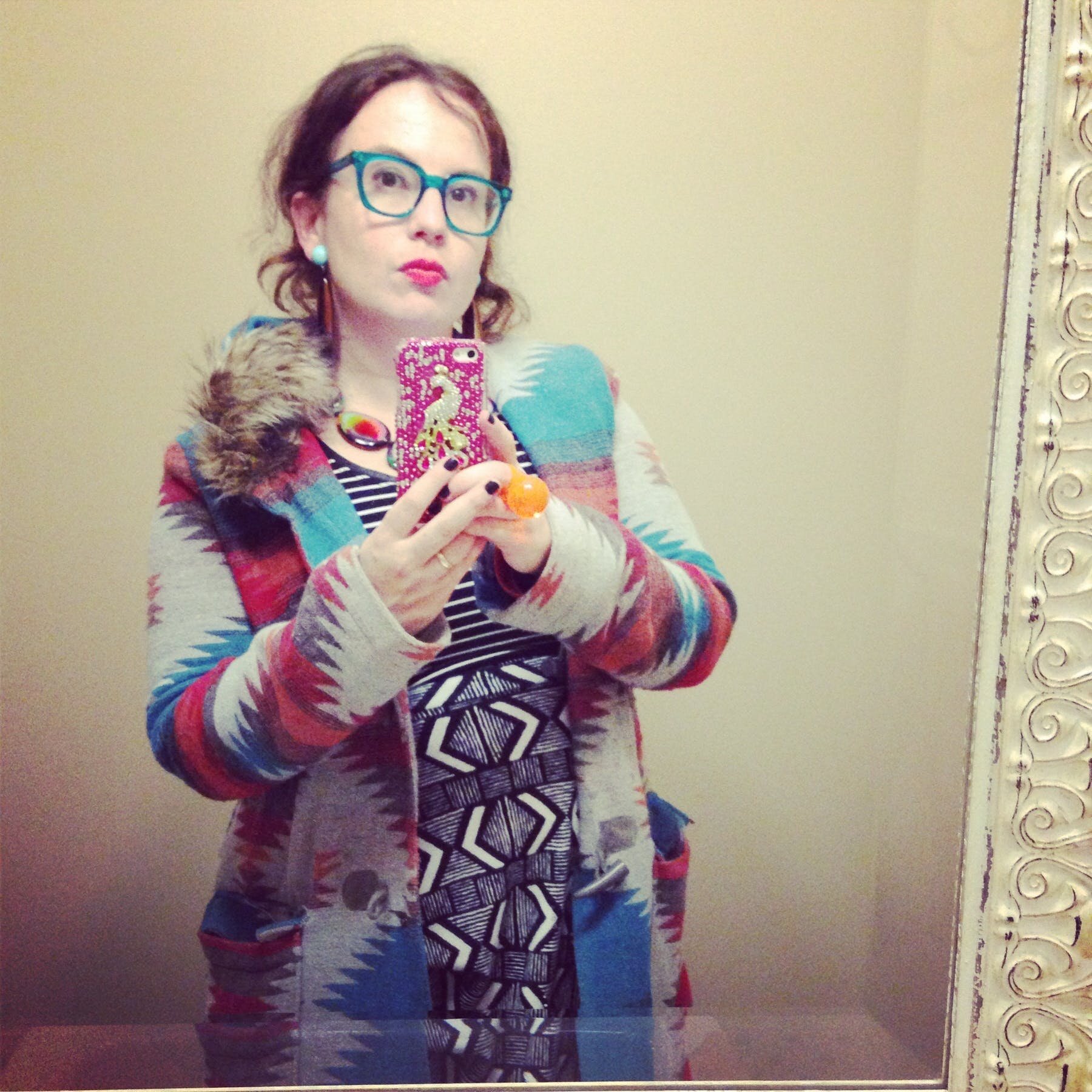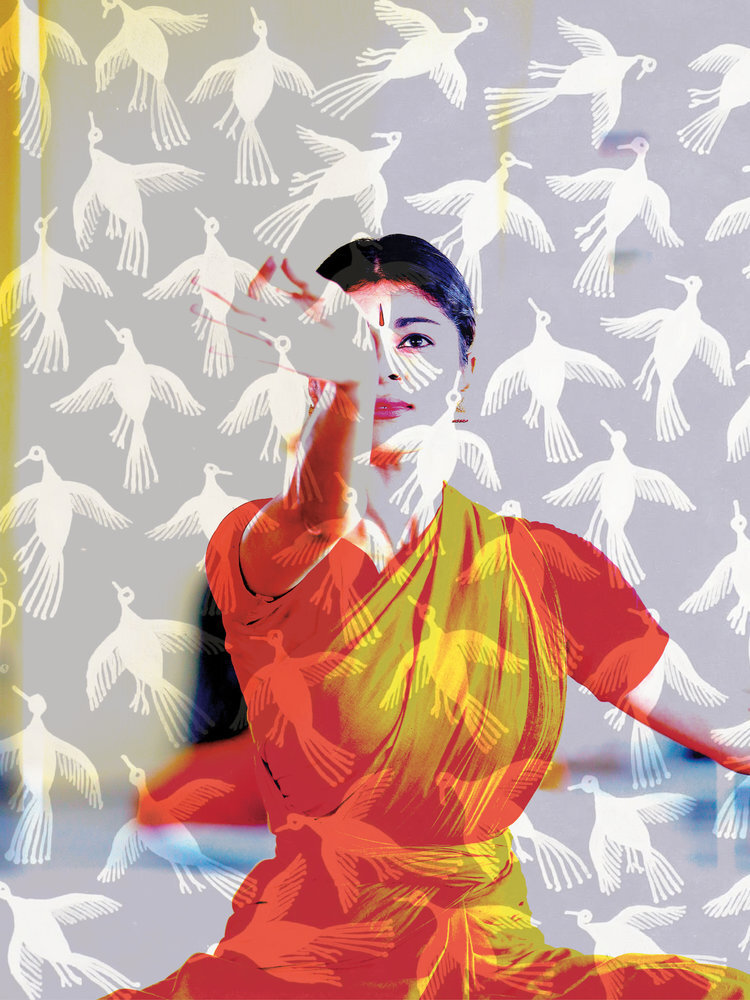By Liquid Music blog contributor Katie Hare
Ted Hearne’s new work, In Your Mouth premieres at Walker Art Center Nov 21-22 in a theatrical, 12-song suite. The source material and inspiration behind the work comes from the lush, stinging poetry of writer, author, and educator Dorothea Lasky. Along with a quintet and a real-time installation by artist Rachel Perry and stage direction by Daniel Fish, Lasky’s words will be vocalized throughout the piece in an evening reflecting a complicated, loving mediation of the personal and domestic, while savoring the depths of wildness within. Featuring an introduction written by Ted Hearne, this interview with Dorothea delves into her background, the relationship of words and sound, and her collaboration with Hearne.
a note by Ted Hearne:
I first came across Dottie's work in 2016 and was instantly struck by the simplicity of the language – her poems just felt like song lyrics – but also the complicated and ambiguous identities, the dark and tumultuous sense of self, and the rich worlds of different "I"s her poems seemed to be able to harness and hold next to each other.
Photo courtesy of Lasky’s blog.
What does it mean to be wild? My first impulse to set this text was driven by an unironic identification with this idea that the wildness within could be embraced more fully. Perhaps I've never felt more drawn to set a text earnestly because I resonated with the feeling that I was keeping a true part of myself from the rest of the world. Or was the rest of the world holding me back?
“Everyone keeps me from my destiny
Keeps me from it
And keeps me locked away from beauty
And they can’t feel my beauty
In me reaching out
Like glass into itself
And everyone keeps me from myself
Cause the self they had imagined
Was flesh and bone
And this flesh I am is glass”
As I started setting these poems for myself to sing, all sorts of intriguing complications set in. Funny how words that felt so empowering to read, and felt empowering to hear in Lasky's voice at one of her readings, sounded differently to my own ears when I heard them sung in my voice. Who was I to be singing her words? Do the words change when I sing them as a different person? As a man singing words written by a woman? Could I assume to put her words in my mouth?
There's a complicated and fluid “I” in Lasky's poems, which seemed to reflect and nicely counteract these compounding questions of mine, and with Dottie's encouragement, that relationship is what led me through writing this piece.
Meet Dorothea lasky
Born and raised in St. Louis, Missouri, Lasky earned a BA at Washington University and an MFA at the University of Massachussets Amherst. She is the author of Animal, a book of poetry lectures, and co-author of Astro Poets: Your Guides to the Zodiac with Alex Dimitrov. She has also written five full-length collections of poetry, and her work has appeared in the New Yorker, Paris Review, and American Poetry Review. Lasky now resides in New York, and is an associate professor of poetry at Columbia University’s School of the Arts.
Tell us a bit about your introduction to writing, and your journey into identifying as a writer.
I've been writing poetry since I was a little girl. When I was around 7, I started writing in a journal late at night because I didn't like going to sleep when my parents told me to. So, I've always written, but it took me a long time to identify as a writer or poet per se, because I tended to feel like the instinct was narcissistic and didn't help others. It has taken a long for me to realize that writing is capable of helping others, but I think being a teacher of writing has helped me feel the most comfortable in the role.
I’ve read that your earliest poems were meant to be spoken, and always about sound—the idea of a listener. Can you expand on how that idea has translated through your work over time? And perhaps, how it correlates with your collaboration with Ted Hearne?
I feel that my poems are still meant to be spoken. Sound is the biggest motivator for me when it comes to writing and finishing a poem, and I value a word's sound over its meaning. I think because of this it is extra exciting that Ted has decided to put my poems to music, because there is (hopefully) a naturally musical quality to them that will be enhanced by his own beautiful sounds.
What is your thought process behind presenting your work (or any work)? How does space and audience affect your readings?
Space and audience is very important to my poetry readings, because I am a performative person. There is very little that excites me as much as the stage and I see a poem as the ultimate stage.
What inspired you to become an educator, and what do you like most about it?
My mother was a professor and I grew up going to her classes, so I feel an almost inevitability that I have ended up as one as well. I love the space of the classroom, because empowering people to be their most creative makes me endlessly happy.
How do you stay motivated to create?
I try as best as I can to create for the future. This motivates me because I know there will be future readers who will need me.
We’re looking forward to your upcoming talk ‘The Strange Hexacomb’: A Conversation on Bees and Creativity at Moon Palace, as well as your pre-performance reading at Walker Art Center here in Minneapolis! Can you tell us more about those? What are you most looking forward to on your visit?
Thank you so much! I am so looking forward to these events as well. The bee conversation will be so exciting to be a part of, because I will be talking with actual scientists and artists who do work on and with bees. I will love to learn from them and I have a feeling that the conversation will inspire me to write more about bees in the future. But the thing I am most looking forward to is hearing Ted's songs.
What have you been reading lately?
I have been obsessed with Shirley Jackson a lot the past few months and can't stop now.
Anything else you’d like Twin Cities audiences to know about you and your work before experiencing In Your Mouth?
Just that I would I thank them so much for having me in their beautiful town!
See Dorothea Lasky in The Strange Hexacomb: A Conversation on Bees and Creativity at Moon Palace Books on Thursday, Nov 21 at 1:30pm. She will also share a few poems and discuss her collaboration with Ted Hearne in a preconcert happy hour reading on Nov 21 at 7:00pm at Walker’s Cityview bar.
BUY TICKETS TO IN YOUR MOUTH NOV 21-22 AT WALKER ART CENTER
Co-presented with the Walker Art Center
Co-commissioned with the Walker Art Center and Carnegie Hall
FOLLOW DOROTHEA LASKY FOR UPDATES AND ANNOUNCEMENTS:
Twitter: @DorotheaLasky
Instagram: @dorothealasky
FOLLOW TED HEARNE FOR UPDATES AND ANNOUNCEMENTS:
Twitter: @hearnedogg
Instagram: @hedtearne
FOLLOW LIQUID MUSIC FOR UPDATES AND ANNOUNCEMENTS:
Twitter: @LiquidMusicSPCO
Instagram: @LiquidMusicSeries
Facebook: @SPCOLiquidMusic

















